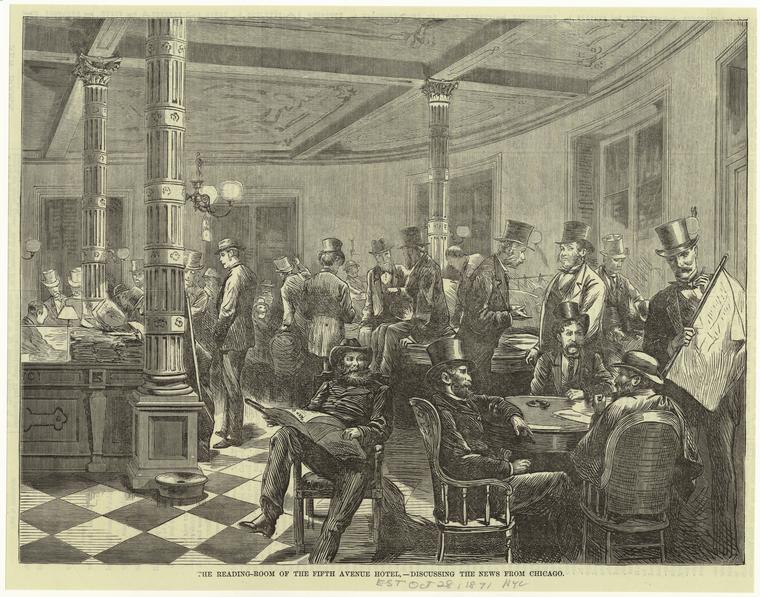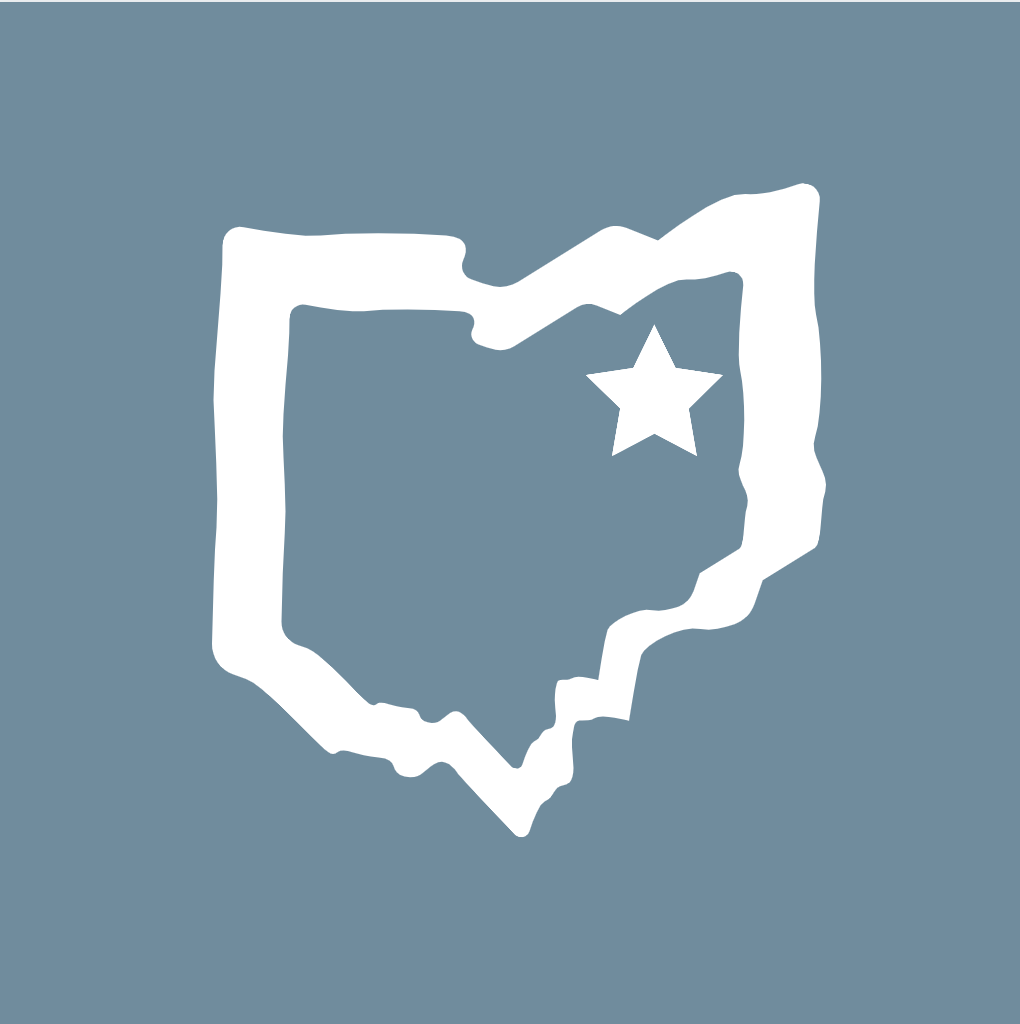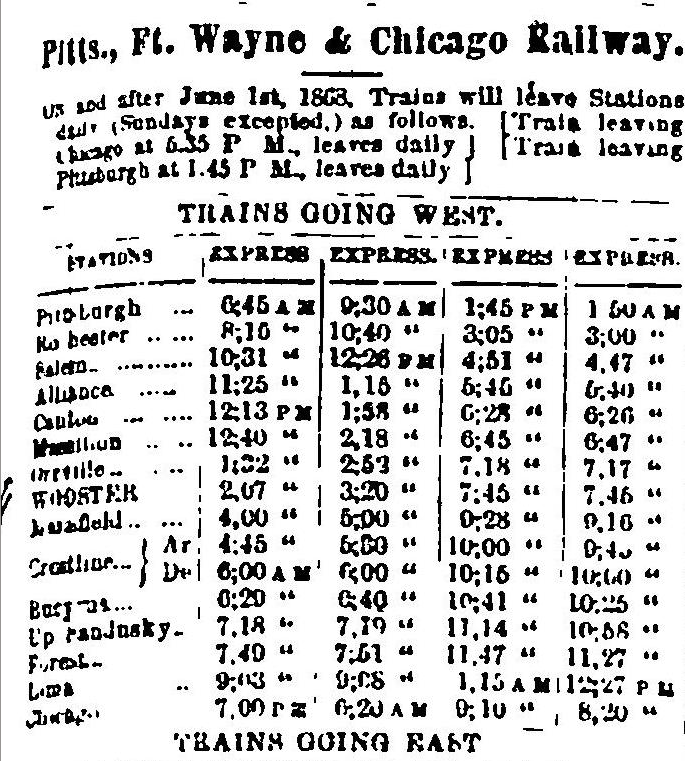The Subject of the News
- Home
- Community in the Columns
- Special Exhibitions
- The Subject of the News

Local newspapers, based on what news was printed, reflected the values of the Wooster and Wayne County community in the latter half of the nineteenth century. The news ranged from national politics to potato hash recipes and served as a crucial resource for the community.
Politics served as a prominent feature of the news, even if modern audiences might not be able to tell at a glance. Unlike the “front page news” of today, the biggest headlines and stories were saved for the second page of the newspaper. There, readers could find information on past and upcoming elections as well as party tickets and political opinion pieces. This page catered to the male citizens of Wayne County as they were the only denomination that could vote at the time. Weekly editorial pieces were published containing new perspectives and valuable information regarding elections and voting. Each newspaper espoused its own political opinions, which makes bias inherent and unavoidable, but these biases did serve to further the political agendas of the parties they were affiliated with. These newspapers were vital instruments in shaping the political climate of Wooster and Wayne County.
Still, the nineteenth century newspapers were more than politics and news. Politics tended to be the primary focus of Wayne County newspapers, as the names Wayne County Democrat and Wooster Republican suggest, but there was more to these newspapers beyond the second page dedicated to political news. The Wooster Republican was a self-proclaimed “Family Journal.”1 These newspapers included articles, serials, poems, jokes, advertisements, and much more. They filled their columns with a wide variety of content aimed at a wide variety of people.
As the century progressed, the news that was important to the Wooster community changed as the decades passed. War news, for example, dominated the pages of the Wooster Republican during the Civil War. In an 1863 issue of the Republican, poems and serials still dotted the front page, but headlines such as “Flag of Truce – How the Rebels Look and Talk” and “In and Out of the Rebel Camp” featured prominently.2 By the 1880s, advertisements and railroad timetables begin to encroach on the columns of the front page. Wooster’s growing interconnectedness with the rest of the country was mirrored in the newspapers of the county. Throughout the nineteenth century, newspapers played a vital role in reflecting the values of the local community.
Footnotes:
1: Wooster Republican, January 1, 1863, 1.
2: Wooster Republican, January 1, 1863, 1.


